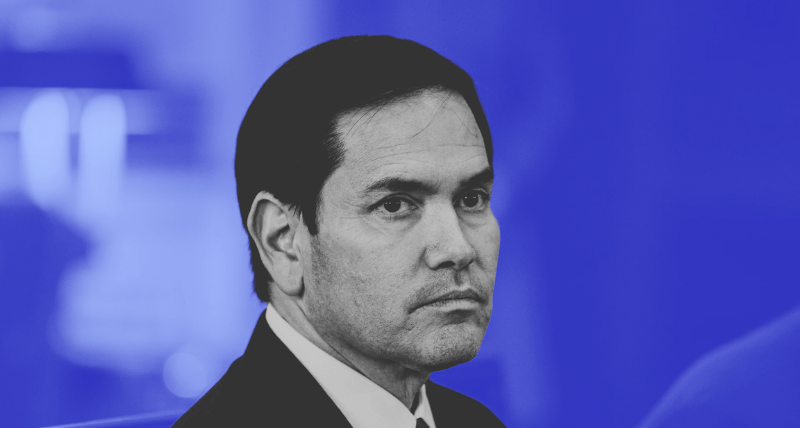Affiliate and influencer marketing have evolved significantly over the past two decades, merging into a comprehensive solution that has transformed performance marketing. Here’s a brief look at their rise, fall, and convergence, along with tips for brands to leverage this model in today’s market.
Table of Contents
A Brief History
Affiliate and influencer marketing have roots tracing back to the late ’90s, with influencer marketing dating even earlier. Think of Michael Jordan’s collaboration with Nike in 1984.
The Dot-Com Era (Late ’90s–Early ’00s): Affiliate marketing gained momentum with Amazon’s Associates Program, enabling website owners to earn commissions by promoting Amazon products. During this period, publishers, rather than influencers, drove commissions.
The Social Media Celebrity (2010–2017): Social media platforms democratized influence, allowing ordinary individuals to build substantial followings on Instagram, YouTube, and Vine. Brands monetized these followings through both influencer marketing (paying upfront for posts) and affiliate marketing (paying based on performance).
The Micro-Influencer and Product Seeding (2017–2023): Market saturation led to a focus on micro-influencers who provided relatable and cost-effective user-generated content (UGC). Brands shifted to “pay per post” and product seeding models, offering free products in exchange for posts. This content was valued mainly for its UGC potential for paid media campaigns rather than for the organic post itself.
The Social Commerce Boom (2023–Present): TikTok Shop revolutionized e-commerce with its native affiliate platform, enabling brands to incentivize influencers through sales commissions and free product samples. This approach allows brands to control customer acquisition costs by paying affiliate influencers commissions, mitigating the need to spend on paid media until they see organic content performance. TikTok Shop has democratized content creation, creating profitable new revenue streams.
Recommendations for Brands
Here are five essential steps to scale your affiliate and influencer marketing programs:
1. Focus on Volume
Partner with as many affiliates as possible. Recently, three TikTok Shops each generated over $5 million in revenue, with 82% coming from affiliates. On average, 2,650 affiliates posted for these brands monthly, underscoring the crucial role of affiliate marketing in scaling social commerce.
To achieve similar success, partner with numerous affiliates. The cost of an affiliate post is essentially the cost of your product. For instance, with a 25% cost of goods sold (COGS), it cost these brands less than $7 per affiliate post, including shipping.
Here’s the breakdown: Across 7,950 posts, total COGS was $55,650. Estimated total commissions were $3.3 million (20% of revenue), resulting in $16.5 million in total revenue. Even with ad spend, each brand only risked around $18.5k to create $5.5 million in revenue in one month. This case shows that leveraging a high volume of affiliate partnerships can drive significant growth and revenue for brands.
2. Be Generous in Your Commission Offer
Higher commissions motivate affiliates to post more about your brand. The higher the commission, the higher the:
- Number of affiliates that will post (and keep posting)
- Number of organic impressions and revenue for your shop
- Number of reviews you will generate on your products
- Number of “winner” creatives you’ll uncover to scale with paid media
- Halo effects on retail, Amazon, and DTC channels
Consider the following scenario: You have an 80% margin on a $100 product. After seller fees, you’d have the following contribution margin (variable profit) in these commission scenarios:
- 10% commission: $64
- 20% commission: $54
- 30% commission: $44
- 40% commission: $34
- 50% commission: $24
Would you prefer 100 orders paying out a 10% commission ($6,400 contribution margin) or 150 orders at a 20% commission ($8,100 contribution margin)? The higher the commission, the more active and loyal your affiliates will be, and the more profit you will make.
3. Don’t Discriminate Against Smaller Accounts
Social commerce allows even small accounts to generate significant revenue. Follower count does not limit organic reach, especially on platforms like TikTok where content can go viral regardless of the creator’s follower size. For example, TikTok creators with fewer than 10K followers have generated hundreds of thousands in gross merchandise value (GMV). Don’t overlook the smaller accounts!
4. Create Content Briefs
Providing talking points or scripts ensures content aligns with your brand. Affiliates don’t have to follow the brief exactly, but having guidelines helps maintain brand consistency and highlights key selling points. In my experience, about half of the affiliates follow the brief, ensuring that some content aligns closely with your brand’s key unique value propositions (UVPs).
5. Request Usage Rights
Ask affiliates for usage rights to their content, which benefits your paid media and creative teams. Requesting and logging usage rights within a single dashboard can streamline this process. For example, offering gift cards in exchange for usage rights incentivizes affiliates and allows brands to repurpose high-performing UGC in broader marketing campaigns.
Affiliate and influencer marketing have evolved into a highly effective strategy for performance marketing. Brands can maximize this by engaging numerous affiliates, offering attractive commissions, including smaller accounts, providing clear content guidelines, and securing usage rights for the content. Testing different commission rates through small-scale experiments can help optimize the program and drive scalable success in social commerce.
Never miss a chance to get ahead.
Ready for more? Read the full article in Fast Company. Or, learn more about our Influencer Marketing services or get in touch with our experts if you have questions on how to adapt your strategy.





